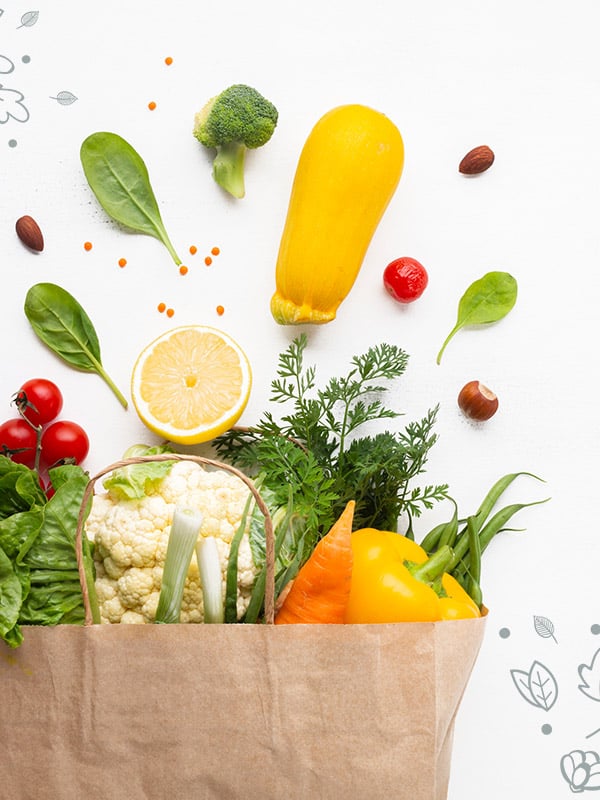Bibingka and butter mochi are rice cakes from different parts of the world. Both of them use glutinous rice as a key ingredient, giving them that soft, chewy texture that rice cakes are known for. However, while they have this common base, the flavor and presentation of these rice cakes vary greatly. One is soft and slightly crumbly, while the other is dense and sticky.
Here we find out what distinguishes them from each other
What is Bibingka?
Bibingka is a popular Filipino rice cake traditionally served during the Christmas season. It’s made with rice flour, coconut milk, eggs, and sugar, and is baked in clay pots lined with banana leaves. This gives bibingka its slightly charred bottom and soft, fluffy texture. Toppings often include grated coconut, salted eggs, and cheese, adding a savory twist to its mildly sweet taste.
Bibingka is known for its unique cooking method, where heat is applied both from above and below to ensure even cooking. This rice cake is often enjoyed warm and paired with a hot drink, making it a favorite snack during the cool December months in the Philippines.
What is Butter Mochi?
Butter mochi, on the other hand, hails from Hawaii and has a completely different texture and flavor profile. It is made with glutinous rice flour (also called mochiko), coconut milk, butter, and eggs, giving it a dense, chewy consistency. The butter and coconut milk create a rich, creamy flavor, making butter mochi a popular dessert at parties and gatherings in Hawaii.
Butter mochi is typically baked in a rectangular pan and cut into squares. Unlike bibingka, butter mochi doesn’t have additional toppings like salted eggs or cheese, but its simplicity allows the buttery, coconut flavor to shine through.
The Difference Between Bibingka and Butter Mochi
Texture
One of the main differences between bibingka and butter mochi is their texture. Bibingka is soft, light, and slightly crumbly due to its rice flour base and unique cooking method, which allows it to rise while maintaining a tender structure. Butter mochi, on the other hand, is dense and chewy, thanks to the glutinous rice flour that gives it a stretchy, sticky consistency.
Flavor
While both desserts use coconut milk, their flavor profiles are quite different. Bibingka has a more subtle sweetness with a savory note from the toppings, such as salted eggs and cheese. Butter mochi, however, is much richer due to the butter, and its sweetness is more pronounced. The flavors of butter and coconut meld together to create a creamy, indulgent treat.
Cooking Method
Bibingka is traditionally baked in clay pots lined with banana leaves, giving it a unique smoky flavor and aroma. Heat is applied both above and below, which helps achieve a golden-brown top and a slightly charred bottom. In contrast, butter mochi is baked in a regular oven without the need for any special equipment. The baking process is simpler and results in a consistent, chewy texture throughout the dessert.



